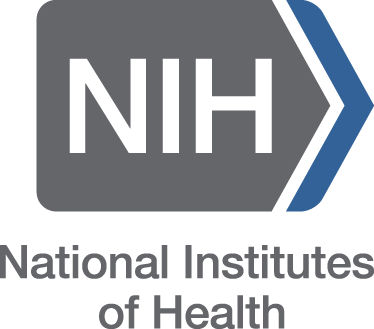Design and Characterization of Stimuli Responsive Nanohydrogel as Wound Dressing Material Impregnated with Zinc Oxide and Iron Oxide Nanoparticles
DOI:
https://doi.org/10.63001/tbs.2024.v19.i02.S.I(1).pp384-390Keywords:
hydrogel, wound dressing, zinc oxide nanoparticles, iron oxide nanoparticles, antimicrobial wound careAbstract
Recent advances in wound care have been propelled by the integration of stimuli responsive materials and innovative technologies, enabling the development of responsive and adaptive solutions. This paper presents a Stimuli responsive Nanohydrogel as wound dressing material that leverages the unique properties of zinc oxide (ZnO) and iron oxide (Fe₂O₃) nanoparticles to enhance wound healing and provide real-time monitoring capabilities. Material is designed using a hydrogel matrix, which is embedded with tracking key wound parameters, such as pH, temperature, moisture levels, and glucose concentration. Zinc oxide(ZnO) and iron oxide (Fe₂O₃) nanoparticles provides the material with enhanced antimicrobial properties, promoting a sterile healing environment and reducing the risk of infections. Additionally, these nanoparticles support tissue regeneration and possess anti-inflammatory properties, contributing to accelerated wound healing. Stimuli-responsive nanohydrogel works as a control unit, allowing for dynamic adjustments in drug release and moisture retention to match the wound's specific needs. This responsive feedback mechanism minimizes the need for frequent dressing changes, thereby reducing patient discomfort and healthcare costs. The stimuli responsive dressing material offers a promising solution for improved clinical outcomes and patient quality of life.






























